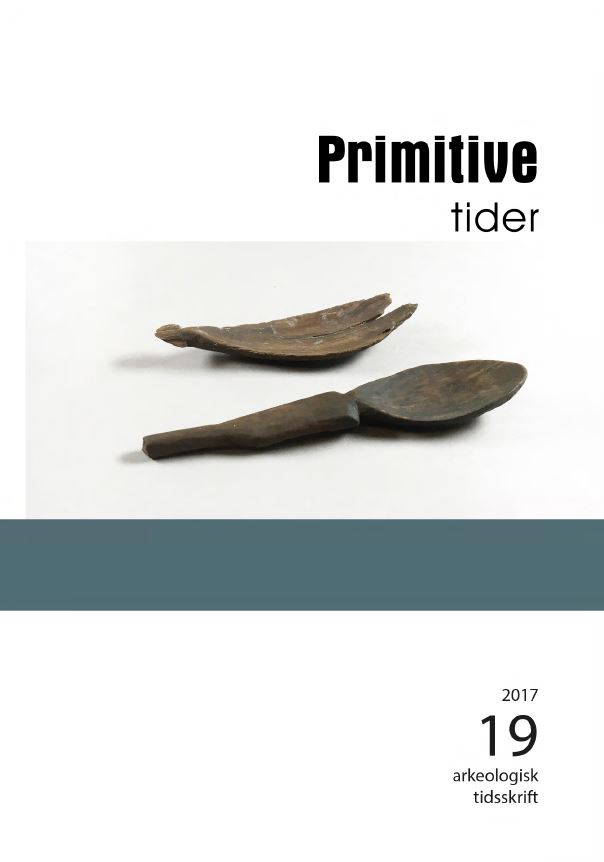Heilag graut, franske hagar og barn døypte i øl – Skrift, arkeologi og botanikk som kjelder til matkultur i mellomalderen
DOI:
https://doi.org/10.5617/pt.7208Abstract
This article explores food culture in medieval Oslo, c. 1200–1350, with the ongoing Follo Line Project as a backdrop. We combine archaeobotanical and osteolo- gical material, archaeological artefacts, and historical sources – many of which are orders and ideals issued by the Church – to see how the different sources complement each other, and whether they can contribute to new understandings of the medieval town. We discuss this in an effort to evoke new images of medieval meals, local ingredients, and overseas imports. We also provide examples of how both the influence of the Church and foreign cultural impulses have contributed to the development of medieval food culture in Norway. Furthermore, we see that combining written sources and archaeobotanical material sheds light on the character of the King’s garden at Øra, which possibly was inspired by the eighth-century document Capitulare de Villis, originating in Carolingian Francia.
Published
Issue
Section
License
Articles from 2021 is licensed under the Creative Commons Attribution 4.0 International.
© CC BY-NC (2014–2020)
Articles between 2014 and 2020 is licensed under the Creative Commons Attribution-NonCommercial 4.0 International.
© Author(s) (1998–2013)
Articles between 1999 and 2013 is protected by copyright law. Without explicit authorisation, reproduction is only allowed in so far as it is permitted by law or by agreement with a collecting society.


